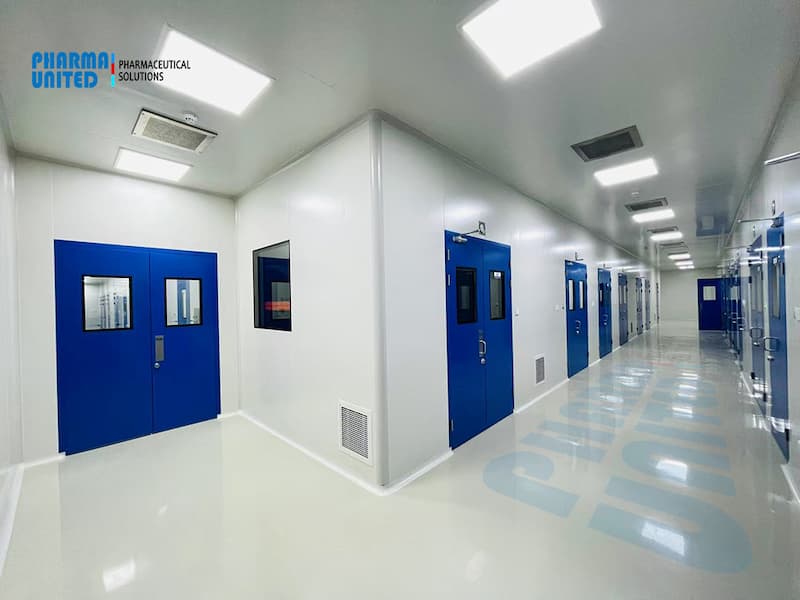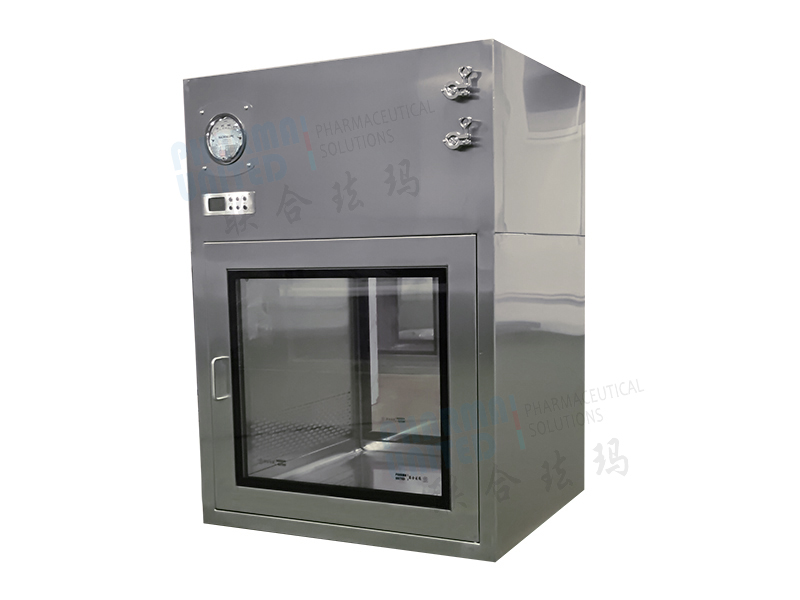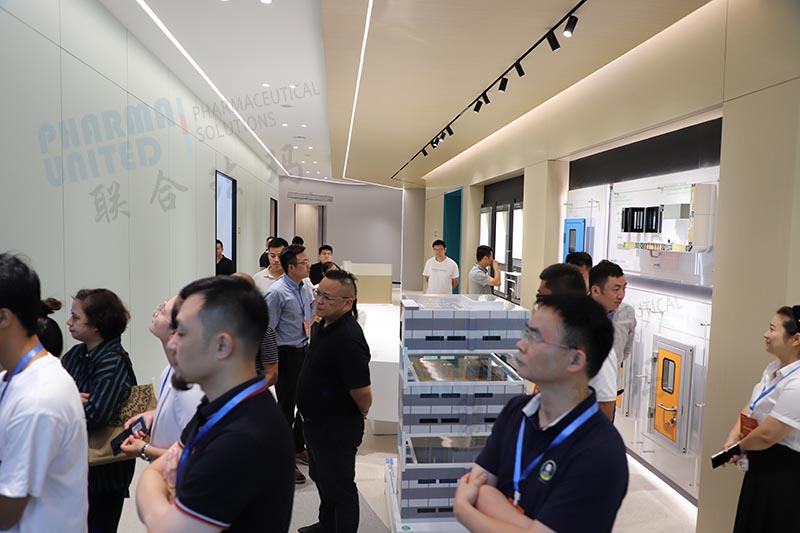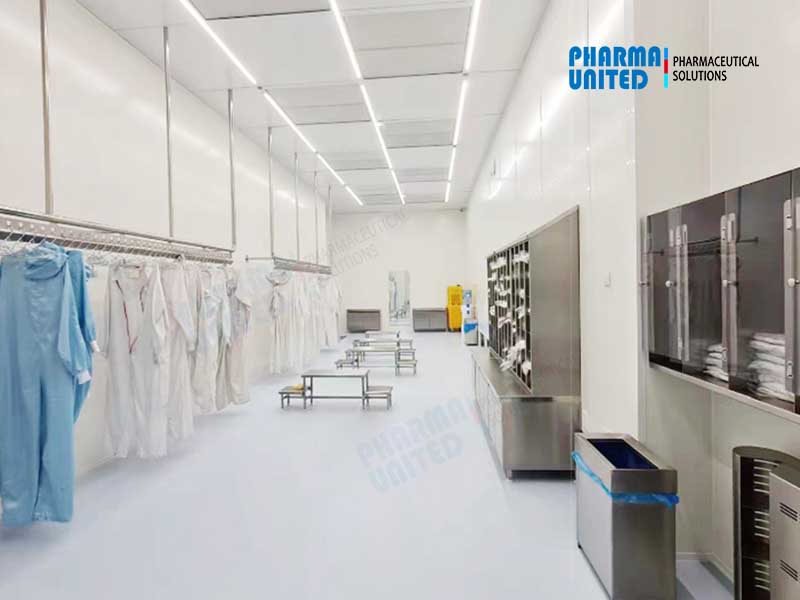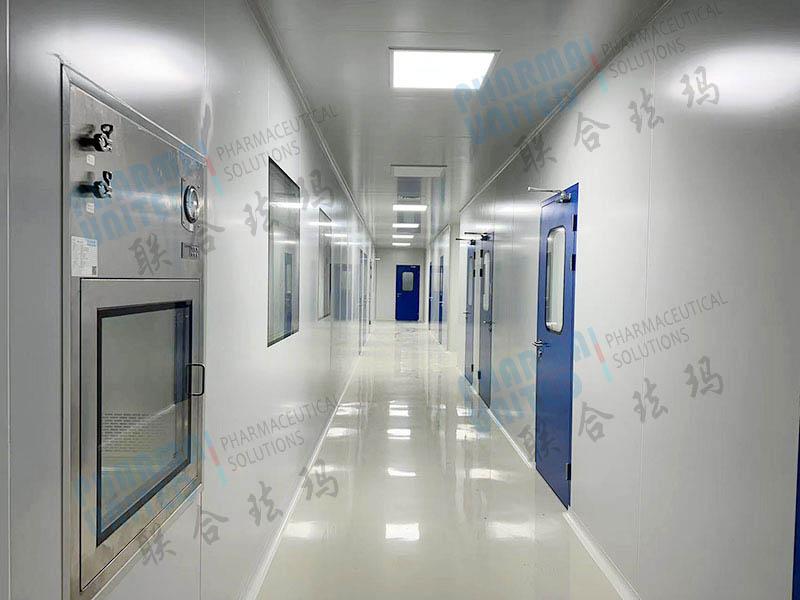What is cleanroom?
Oct 10, 2024
A cleanroom is a specially designed environment where the concentration of airborne particles is controlled to ensure a contamination-free space. Cleanrooms are commonly used in industries that require strict control over environmental pollutants, such as dust, airborne microbes, aerosol particles, and chemical vapors. These environments are essential in sectors like pharmaceuticals, biotechnology, electronics, aerospace, and food processing, where even the smallest contaminant can compromise product quality or pose a safety risk.
Key Features of a Cleanroom
1. Air Filtration
Cleanrooms use High-Efficiency Particulate Air (HEPA) or Ultra-Low Penetration Air (ULPA) filters to remove contaminants from the air. These filters capture particles as small as 0.3 microns or even smaller, ensuring that only clean air circulates within the room. The filtration system is often designed with positive pressure to prevent unfiltered air from entering.
2. Temperature and Humidity Control
Temperature and humidity levels are carefully controlled to meet specific requirements for different industries. For example, in the pharmaceutical industry, humidity control is critical to prevent moisture-sensitive materials from degrading.
3. Controlled Access
To minimize contamination, access to a cleanroom is highly restricted. Personnel must wear special garments, including gloves, masks, and coveralls, which prevent particles from their bodies from contaminating the air. Some cleanrooms also have air showers at the entrance to remove any dust particles from people before they enter.
4. Surface Materials
All surfaces within a cleanroom, such as walls, ceilings, and floors, are made from materials that do not shed particles and are easy to clean. The goal is to ensure that the room remains as sterile as possible during operation.
Cleanroom Classifications
Cleanrooms are classified based on the number and size of particles allowed per cubic meter of air. The most widely used classification system is the ISO 14644-1 standard, which divides cleanrooms into nine different classes, ranging from ISO Class 1 (the cleanest) to ISO Class 9 (least clean). The classification depends on the specific industry and product requirements.
For instance:
- ISO Class 1 is used for manufacturing sensitive products like semiconductors.
- ISO Class 5 is common in pharmaceutical production.
Applications of Cleanrooms
1. Pharmaceutical Industry
In drug manufacturing, cleanrooms prevent contamination of medicines, ensuring safety and efficacy. Sterile manufacturing environments are critical for injectable drugs and biologics.
2. Biotechnology
Laboratories dealing with cell cultures, DNA sequencing, and tissue engineering require cleanrooms to avoid contamination that could disrupt experiments or research outcomes.
3. Semiconductor Manufacturing
The production of microchips and electronic components takes place in ultra-clean environments to avoid defects caused by particles or impurities, which can affect the functionality of the devices.
4. Medical Devices
Cleanrooms ensure that surgical tools, implants, and other medical equipment are sterile, reducing the risk of infections when these devices are used in healthcare settings.
Why Are Cleanrooms Important?
Cleanrooms are critical for maintaining product integrity and ensuring that the manufacturing process meets regulatory standards. They prevent contamination, improve product quality, and protect end-users from potential health risks. Cleanrooms also contribute to research and development by providing a controlled environment where experiments can yield accurate and reliable results.
Conclusion
Cleanrooms are essential in industries that require the highest levels of cleanliness and contamination control. Through advanced air filtration, environmental monitoring, and strict protocols, they help manufacturers meet stringent quality and safety standards. Whether in pharmaceuticals, biotechnology, electronics, or other fields, cleanrooms play a pivotal role in delivering safe, effective, and high-quality products.
